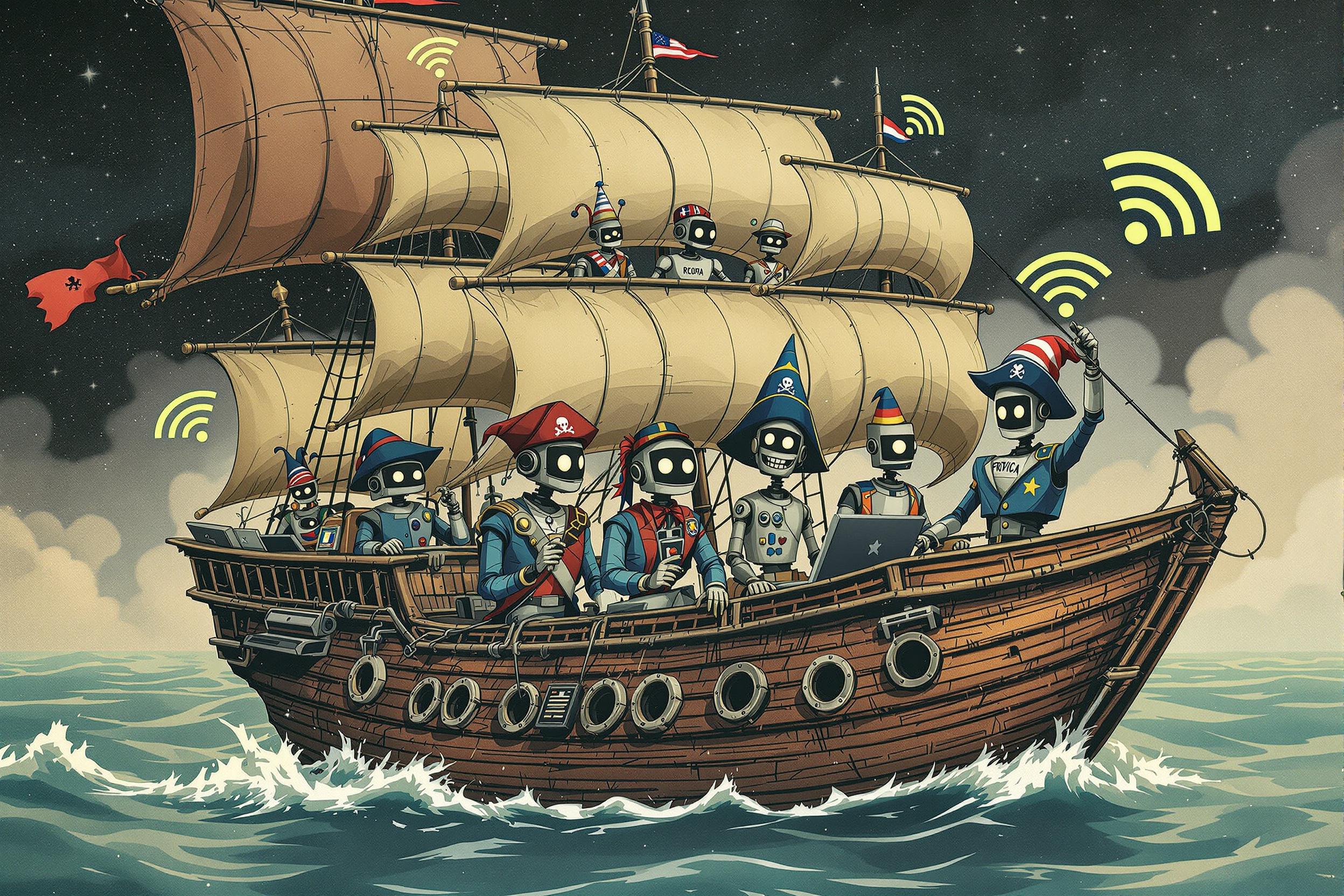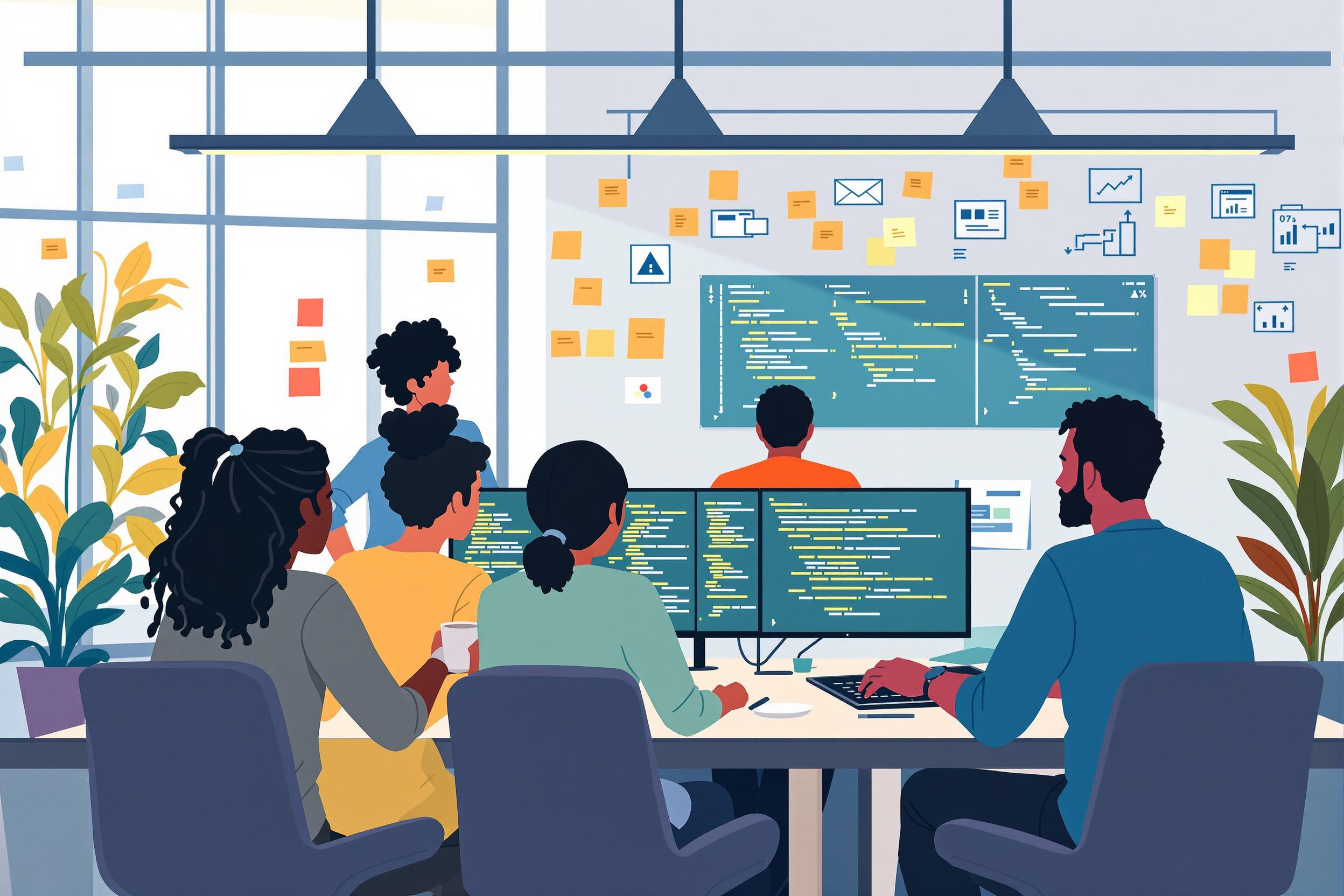
RGB Mixer
An RGB Mixer is a tool used in video and photo editing to adjust colors by controlling the red, green, and blue color components of an image. Think of it like a digital mixing board for colors. Color correction professionals use RGB Mixers to fix color problems, create specific moods, or match colors across different shots in videos or photos. It's similar to how a painter mixes primary colors to get the exact shade they want, but in a digital form. You might also hear it called a "Color Mixer," "RGB Controls," or "Color Balance Tool."
Examples in Resumes
Used RGB Mixer to color correct footage for major advertising campaigns
Balanced skin tones and matching shots using RGB Mixer and Color Balance techniques
Expert in RGB Mixer adjustments for maintaining color consistency across multiple episodes of streaming content
Typical job title: "Color Correction Artists"
Also try searching for:
Where to Find Color Correction Artists
Online Communities
Professional Networks
Industry Events
Example Interview Questions
Senior Level Questions
Q: How do you approach color matching across different cameras and lighting conditions?
Expected Answer: A senior colorist should explain their process for analyzing footage, using reference monitors, and making precise adjustments to match colors across various sources while maintaining natural looks.
Q: Describe a challenging color correction project and how you solved it.
Expected Answer: They should discuss managing complex projects, working with clients, meeting deadlines, and technical problem-solving while maintaining quality and consistency.
Mid Level Questions
Q: What's your process for correcting skin tones?
Expected Answer: Should explain how they analyze and adjust skin tones to look natural while maintaining the overall creative look of the project.
Q: How do you handle client feedback during color sessions?
Expected Answer: Should discuss communication skills, ability to interpret client requests, and techniques for making adjustments while maintaining project vision.
Junior Level Questions
Q: What are the basic RGB color correction controls and what do they do?
Expected Answer: Should be able to explain how adjusting red, green, and blue values affects the image and demonstrate basic understanding of color theory.
Q: How do you prepare footage for color correction?
Expected Answer: Should explain basic workflow steps like organizing footage, checking exposure, and creating backup files before starting color work.
Experience Level Indicators
Junior (0-2 years)
- Basic color correction tools
- Understanding of RGB color space
- Primary color adjustments
- Basic shot matching
Mid (2-5 years)
- Advanced color matching
- Secondary color correction
- Client collaboration
- Multiple delivery format knowledge
Senior (5+ years)
- Complex color grading projects
- Team leadership
- Creative look development
- Color pipeline management
Red Flags to Watch For
- No understanding of color theory
- Inability to match shots
- Lack of experience with professional color correction software
- Poor communication skills with clients
- No knowledge of color management systems
Related Terms
Need more hiring wisdom? Check these out...

Breaking Down Barriers: How to Build a Truly Diverse and Inclusive Hiring Process in 2025

Who’s Really Running Your Interviews? How to Reduce Bias in Remote Hiring

Diversify Your Interview Panels: Unleashing the Power of Inclusive Hiring

